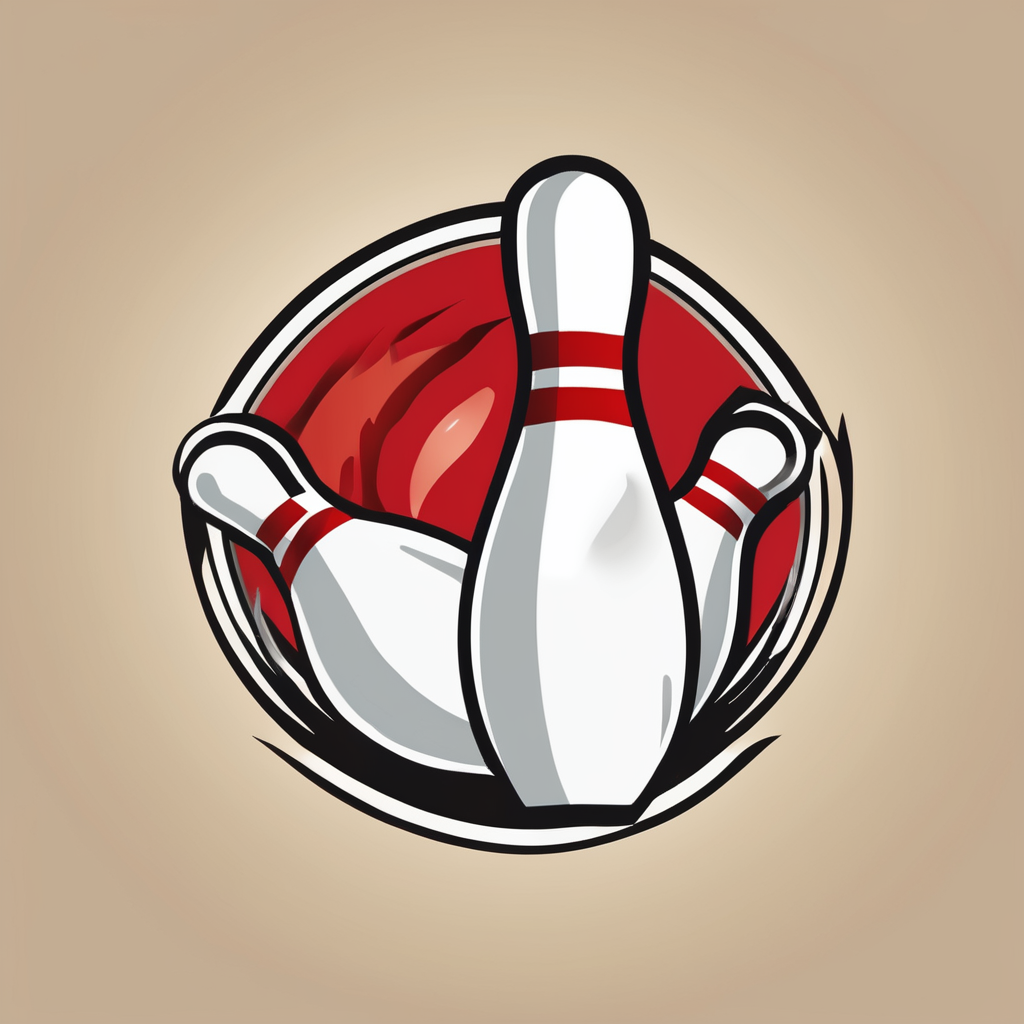Importance of Footwork in Fencing
Footwork plays a significant role in fencing, influencing a fencer’s performance and overall effectiveness in bouts. The speed and precision of movements determine how well a fencer can position themselves and exploit openings. Agility, a key element of footwork, allows fencers to execute quick reactions, ensuring they can respond swiftly to their opponent’s moves.
In fencing, the relationship between footwork and agility is evident. An agile fencer can maintain momentum, balance, and leverage during combat. This agility not only enhances defensive capabilities but also strengthens offensive maneuvers. Precise footwork lets fencers close the distance efficiently, maximizing their reach and attack potential.
Topic to read : Boost Your Game: Top Strategies for Wheelchair Basketball Athletes to Optimize Chair Configuration
Moreover, fencing speed is largely dictated by the proficiency of footwork. Speed conveys the ability to advance or retreat promptly, ensuring that a fencer can adapt to changing dynamics within seconds. Thus, focused practice on footwork drills directly impacts both speed and agility. Implementing structured footwork drills and exercises aids in developing these essential skills, resulting in a competitive edge.
Ultimately, honing footwork is crucial for any fencer striving for success, as it forms the foundation for effective and versatile fencing.
Topic to read : Top electric gel blaster pistols for ultimate playtime fun
Essential Techniques for Improving Footwork
Efficient fencing techniques are often grounded in robust footwork drills. Comprehending the essentials of footwork drills is vital to elevating a fencer’s game.
Basic Stances in Fencing
A fundamental aspect of fencing techniques is mastering basic stances. These stances serve as the launching point for movements, enabling balance and stability. Implementing structured drills to perfect these stances bolsters a fencer’s ability to quickly respond to attacks.
Importance of Balance in Movement
Balance plays a crucial role in maintaining composure during active footwork drills. By focusing on agility exercises, fencers can fortify their stability. This balance empowers them to execute precise, fluid movements, which are crucial in intense fencing bouts.
Transition Techniques for Swift Movements
Incorporating transition techniques is paramount for swift, seamless movement between stances. These techniques allow fencers to navigate swiftly, maintaining momentum and agility. Consistent practice of footwork drills aids in perfecting these transitions, providing fencers with a tactical advantage during matches. By prioritising these key elements, fencers can enhance their performance and agility, making them formidable on the piste.
Drills to Enhance Speed and Agility
Enhancing speed and agility through targeted fencing drills can propel a fencer’s skill significantly. Drills specifically designed to improve footwork are essential for developing a competitive edge. For beginners, starting with basic footwork drills helps build a foundation of coordination and movement efficiency. Exercises such as the step-lunge drill focus on refining posture and agility, establishing the groundwork for more advanced Drills.
Intermediate fencers can incorporate drills focusing on reaction time. Exercises like the shadow fencing drill, where fencers mirror imagined opponents, enhance both speed and agility. These drills not only hone quick reflexes but also improve the ability to anticipate opponents’ actions.
Advanced practitioners may engage in drills under simulated pressure, such as timed obstacle courses. These enhance footwork precision by challenging fencers to maintain technique while navigating complex situations at agility with high speed. By practicing consistently, both beginners and advanced fencers can see significant improvements.
Ultimately, integrating various drills that target different aspects of footwork will result in comprehensive agility training, indispensable for dynamic and engaging performances.
Expert Insights on Fencing Footwork
Expert fencing coaching unveils that successful footwork begins with avoiding prevalent mistakes. One common error is neglecting balance, leading to instability during bouts. Additionally, many fencers overcommit their movements, sacrificing precision and control—a vital aspect for professional training.
Another critical factor is the role of conditioning in enhancing agility and stamina. Well-conditioned fencers not only move more efficiently but also maintain performance throughout extended matches. Conditioning improves overall endurance, allowing fencers to execute refined techniques consistently.
Moreover, the integration of footwork into sparring is often overlooked. Sparring provides a practical application for footwork skills honed in drills. Expert tips emphasise the importance of adapting footwork strategies within a live setting to maintain momentum and create opportunities for attack.
Footwork skills are not isolated techniques; rather, they form an integral component of comprehensive fencing strategy. By aligning drills with sparring sessions, fencers can better understand the real-world application of their training. Engaging in feedback cycles with coaches, addressing individual weaknesses, and refining techniques are essential for mastering this discipline. Thus, expert insights equip fencers with the knowledge to refine their art continually.
Additional Resources for Fencers
Enhancing your fencing skills extends beyond practice to utilising various fencing training resources. Delve into an array of books and online resources offering detailed insights into footwork techniques. These provide in-depth understanding and practical applications that can amplify your training regimen.
Consider exploring instructional videos that visually demonstrate key footwork drills. Watching skilled fencers execute techniques can offer valuable perspectives on posture and rhythm, fostering improvement in your own performance. Video tutorials are particularly effective for visual learners keen on observing real-time executions.
- Fencing books: Comprehensive guides by seasoned fencers covering foundational and advanced techniques.
- Online courses: Interactive platforms often include practical exercises and quizzes to test your knowledge and application.
- Footwork guides: Step-by-step instructions detailing various footwork exercises, designed to improve precision and speed.
Additionally, participating in dedicated workshops or clinics centred around footwork can provide hands-on experience and personalised feedback from experienced instructors. These sessions are excellent for engaging with fellow fencers, sharing insights, and refining techniques in a collaborative environment. Leveraging these resources can be pivotal in advancing your fencing prowess and achieving competitive success.

